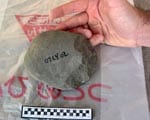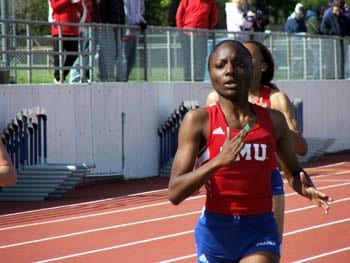Brent Sumerlin, associate professor of Chemistry in SMU’s Dedman College, has been named a 2010-2012 Alfred P. Sloan Research Fellow. This exceptionally competitive award will provide Sumerlin a grant of $50,000 over two years to support his research, some of which could lead to the use of nano-scale polymer particles to automatically deliver insulin to diabetics.
The Sloan Research Fellowships are designed to stimulate fundamental research by early-career scientists and scholars of outstanding promise. These two-year fellowships are awarded yearly to 118 researchers in recognition of distinguished performance and unique potential to make substantial contributions to their field.
The fellowship places Sumerlin in the company of some of the most distinguished scientists in the country. Thirty-eight Sloan fellows have been awarded the Nobel Prize in their respective fields since the fellowships were established in 1955.










 The research of SMU faculty
The research of SMU faculty 